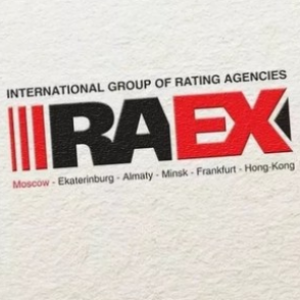The RAEX Ranking Agency has presented RAEX-100, its new annual ranking of the best universities in Russia, which is part of the “Three University Missions” family. In 2025, the list features universities from 30 regions of Russia.
The research goal is assessing the universities’ capabilities to provide high-quality knowledge, skills and abilities to their graduates, based on the learning environment and the application results.
The top 100 includes 37 engineering and technical universities, followed by classical universities – 27 in the list, and medical universities – 17.
Lomonosov Moscow State University traditionally took the first place, Bauman Moscow State Technical University took the second place, and Moscow Institute of Physics and Technology took the third place.
Samara National Research University rose to the 44th position of the ranking (in 2024, it was in 45th place). The Samara Region is also represented in the study by Samara State Medical University (53rd place) and Samara State Technical University (75th place).
For reference:
The RAEX-100 ranking of the best universities in Russia has been published annually since 2012. This is the only Russian educational ranking that has successfully passed the international audit of the IREG Observatory on Academic Ranking and Excellence. When preparing the study, statistical indicators, as well as the results of interviewing over 150,000 respondents – representatives of academic and scientific communities, students and graduates, employers – were used.
When assessing the quality of education in higher education institutions, the study experts considered groups of indicators, such as “standards of teaching”, “international integration”, “resource availability” and “demand by applicants”. For assessing the demand for the graduates by employers, groups of indicators, such as “cooperation with employers” and “graduates’ career quality”, were analyzed. The rate of a university’s research activity was determined, based on groups of indicators, such as “research capacity”, “scientific achievements” and “research infrastructure”.
 RU
RU  EN
EN  CN
CN  ES
ES 